 Many of our American German Christmas Traditions came to this country with our emigrant ancestors! Perhaps some have become so traditional that we no longer even realize that they came from Germany originally. How many of these do you and your family enjoy?
Many of our American German Christmas Traditions came to this country with our emigrant ancestors! Perhaps some have become so traditional that we no longer even realize that they came from Germany originally. How many of these do you and your family enjoy?
From St. Nikolaus to Santa
The Historic, Real St. Nicholas
Across the German-speaking region of Europe there are many kinds of Santa Clauses with many different names. Despite their many names, they are all basically the same mythic character. But few of them have anything to do with thereal Saint Nicholas – Sankt Nikolaus Heilige Nikolaus who was probably born around A.D. 245 in the port city of Patara in what we now call Turkey. Very little solid historical evidence exists for the man who later became the Bishop of Myra and the patron saint of children, sailors, students, teachers, and merchants. He is credited with several miracles and his feast day is December 6, which is the main reason he is connected with Christmas. In Austria, parts of Germany, and Switzerland, Pelznickel brings his gifts for children on Nikolaustag, Dec. 6, not Dec. 25. Nowadays, St. Nicholas Day on Dec. 6 is a preliminary round for Christmas.
Santa Claus (St. Nick), as drawn by Thomas Nast for Harper’s Weekly in 1881. PHOTO: Wikimedia Commons
Although Austria is mostly Catholic, Germany is almost evenly divided between Protestants and Catholics (along with some minority religions). So in Germany there are both Catholic (katholisch) and Protestant (evangelisch) Christmas customs. When Martin Luther, the great Protestant Reformer, came along, he wanted to get rid of the Catholic elements of Christmas. To replace Sankt Nikolaus (Protestants don’t emphasize saints!), Luther introduced der Heilige Christ (later called das Christkindl), an angel-like Christ Child, to bring Christmas gifts and reduce the importance of Saint Nicholas. Later this Christkindlfigure would be replaced by der Weihnachtsmann (Father Christmas) in Protestant regions and even cross the Atlantic, where Christkindl mutated into the English term “Kris Kringle.” Ironically, in the present day the originally Protestant Christkindl is now predominant in the Catholic regions of Germany (Bavaria) and Switzerland, as well as in Austria.
From ChristkindlMarkts to Christmas Markets
One colorful German Christmas tradition has found its way to parts of North America and some other regions of the world: the German  Christmas market. Beginning in mid or late November, in almost any German city of any size, one or more Christmas markets will pop up on the local square and often in several other locations. These Christmas fairs – offering warm drinks, roasted chestnuts, and local crafts – usually continue through the four December weeks leading up to Christmas Eve. Sometimes called a Christkindlmarkt, these special markets are an integral part of the Christmas season in Germany, Austria and Switzerland.
Christmas market. Beginning in mid or late November, in almost any German city of any size, one or more Christmas markets will pop up on the local square and often in several other locations. These Christmas fairs – offering warm drinks, roasted chestnuts, and local crafts – usually continue through the four December weeks leading up to Christmas Eve. Sometimes called a Christkindlmarkt, these special markets are an integral part of the Christmas season in Germany, Austria and Switzerland.
From Tannenbaum to Christmas Tree
The German religious reformer Martin Luther (1483-1546) is often credited with starting the Christmas tree custom, but the first appearance of a Tannenbaum was recorded in Germany many years  after Luther’s death. It was in 1605 in Strasbourg in Alsace, then in Germany, that a chronicler wrote (in old German): “Auff Weihenachten richtett man Dahnnenbäum zu Strasburg in den Stuben auff…” (“At Christmas they set up Christmas trees in Strasbourg in their rooms…”). But it is likely that the custom dates to around 1550 since there were many Christmas Carols published then that referred to the Tannenbaum. By the 19th Century the custom had spread across, Germany and Europe, including the United States. During the American Revolution, Hessian soldiers would cut a small evergreen in the woods and erect a Tannenbaum near their tent to remind them of the homeland. A tradition adopted by the colonists. By the early 1800s, a British writer shared how she enjoyed the beautiful custom in the home of German teacher Karl Follen, while visiting Boston. It was the commoners that brought the custom the Tannenbaum or Weihnachtsbaum to America.
after Luther’s death. It was in 1605 in Strasbourg in Alsace, then in Germany, that a chronicler wrote (in old German): “Auff Weihenachten richtett man Dahnnenbäum zu Strasburg in den Stuben auff…” (“At Christmas they set up Christmas trees in Strasbourg in their rooms…”). But it is likely that the custom dates to around 1550 since there were many Christmas Carols published then that referred to the Tannenbaum. By the 19th Century the custom had spread across, Germany and Europe, including the United States. During the American Revolution, Hessian soldiers would cut a small evergreen in the woods and erect a Tannenbaum near their tent to remind them of the homeland. A tradition adopted by the colonists. By the early 1800s, a British writer shared how she enjoyed the beautiful custom in the home of German teacher Karl Follen, while visiting Boston. It was the commoners that brought the custom the Tannenbaum or Weihnachtsbaum to America.
From Weihnachtslieder to Christmas Carols
The world’s most popular Christmas carol, Stille Nacht or Silent Night came from Austria.
| Stille Nacht, heilige Nacht Alles schläft; einsam wacht Nur das traute hochheilige Paar. Holder Knabe im lockigen Haar, Schlaf in himmlischer Ruh! Schlaf in himmlischer Ruh! |
Silent night, holy night All is sleeping, alone watches Only the close, most holy couple. Blessed boy in curly hair, Sleep in heavenly peace! Sleep in heavenly peace! |
| Stille Nacht, heilige Nacht, Hirten erst kundgemacht Durch der Engel Halleluja, Tönt es laut von fern und nah: Christ, der Retter ist da! Christ, der Retter ist da! |
Silent night, holy night, Shepherds just informed By the angels’ hallelujah, It rings out far and wide: Christ the Savior is here! Christ the Savior is here! |
| Stille Nacht, heilige Nacht, Gottes Sohn, o wie lacht Lieb’ aus deinem göttlichen Mund, Da uns schlägt die rettende Stund’. – – – Christ, in deiner Geburt! Christ, in deiner Geburt! |
Silent night, holy night, Son of God, oh how laughs Love out of your divine mouth, Because now the hour of salvation strikes for us. Christ, in Thy birth! Christ, in Thy birth! |
Most Americans know the German classic O Tannenbaum as Oh Christmas Tree.
| O Tannenbaum, o Tannenbaum, wie treu sind deine Blätter! Du grünst nicht nur zur Sommerzeit, Nein auch im Winter, wenn es schneit. O Tannenbaum, o Tannenbaum, wie treu sind deine Blätter! |
O Christmas tree, o Christmas tree How loyal are your leaves/needles! You’re green not only in the summertime, No, also in winter when it snows. O Christmas tree, o Christmas tree How loyal are your leaves/needles! |
| O Tannenbaum, o Tannenbaum! Du kannst mir sehr gefallen! Wie oft hat nicht zur Weihnachtszeit Ein Baum von dir mich hoch erfreut! O Tannenbaum, o Tannenbaum! Du kannst mir sehr gefallen! |
O Christmas tree, o Christmas tree You can please me very much! How often has not at Christmastime A tree like you given me such joy! O Christmas tree, o Christmas tree, You can please me very much! |
| O Tannenbaum, o Tannenbaum! Dein Kleid will mich was lehren: Die Hoffnung und Beständigkeit Gibt Trost und Kraft zu jeder Zeit. O Tannenbaum, o Tannenbaum! Das soll dein Kleid mich lehren. |
O Christmas tree, o Christmas tree Your dress wants to teach me something: Your hope and durability Provide comfort and strength at any time. O Christmas tree, o Christmas tree That’s what your dress should teach me. |

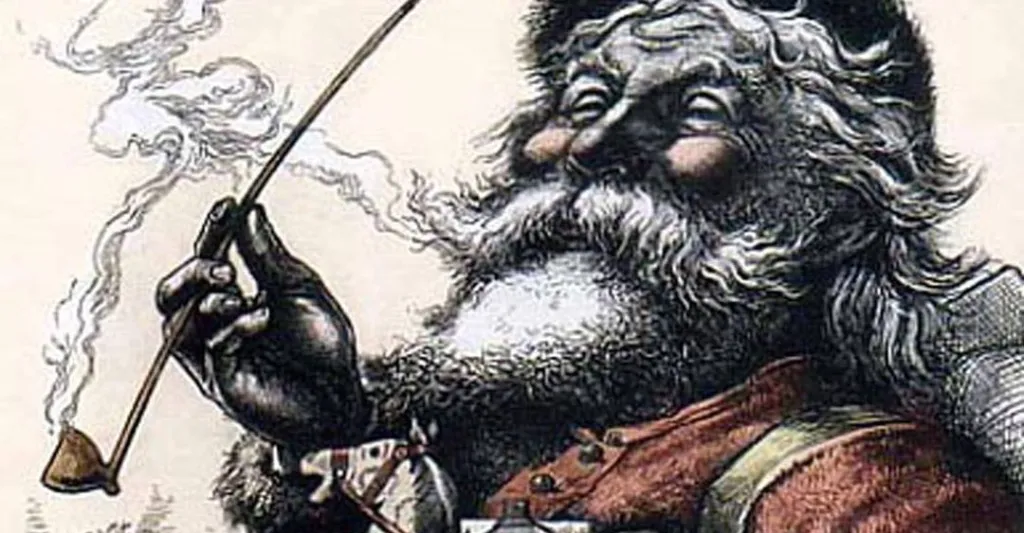
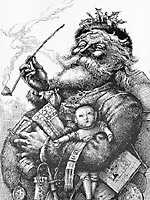
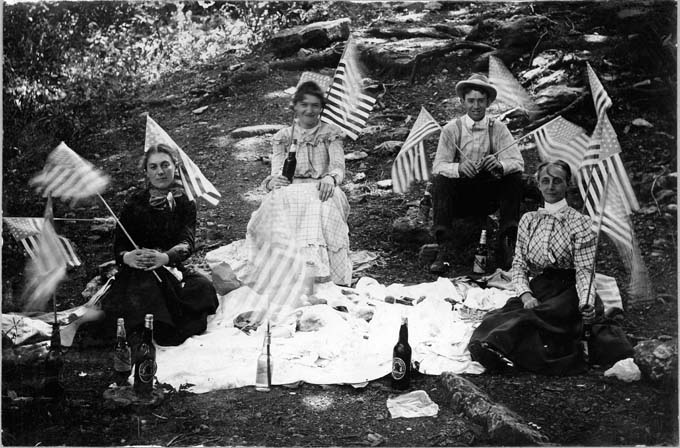
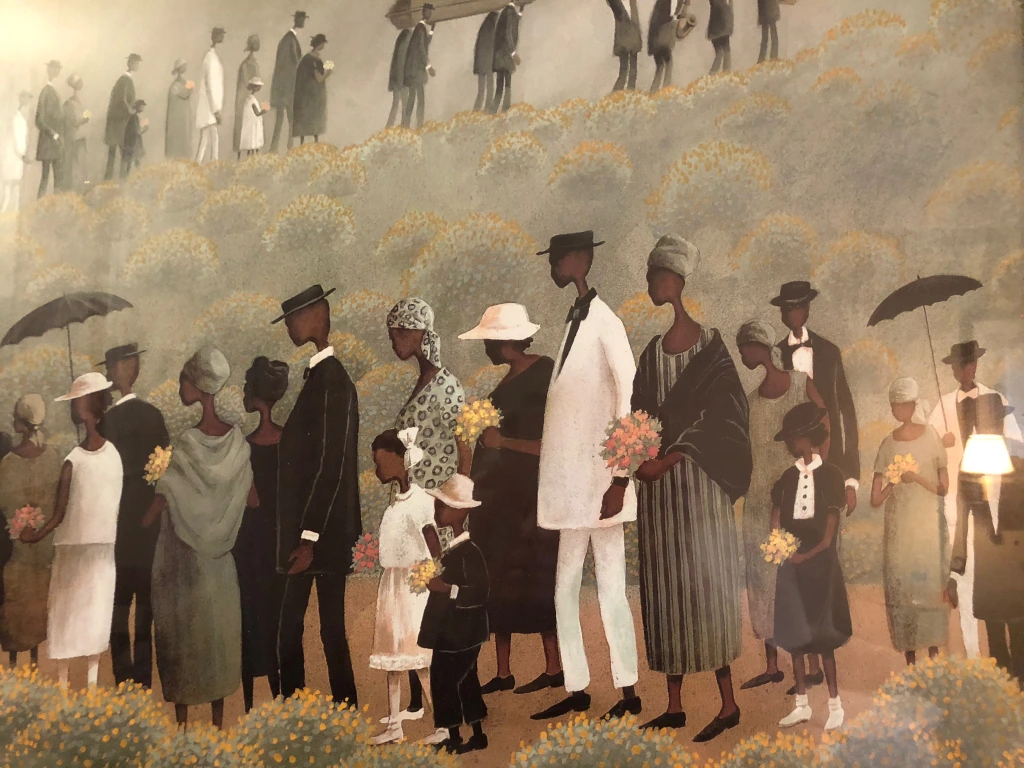
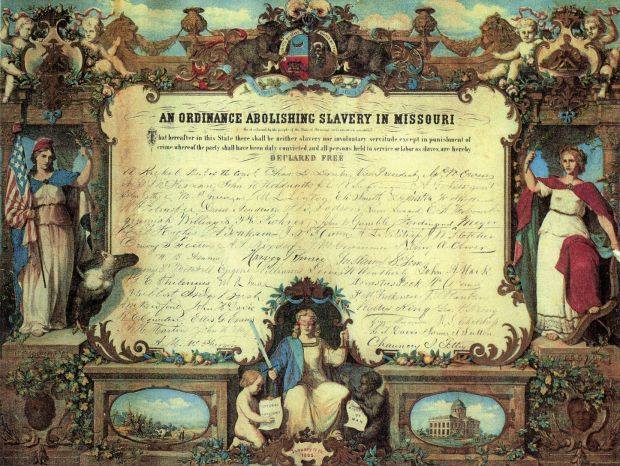
One response to “German Christmas Traditions”
Dorris,
Great, well-done undertaking! You are quite the professional! Proud to be just a tiny section of the Missouri German Heritage Corridor!
LikeLike